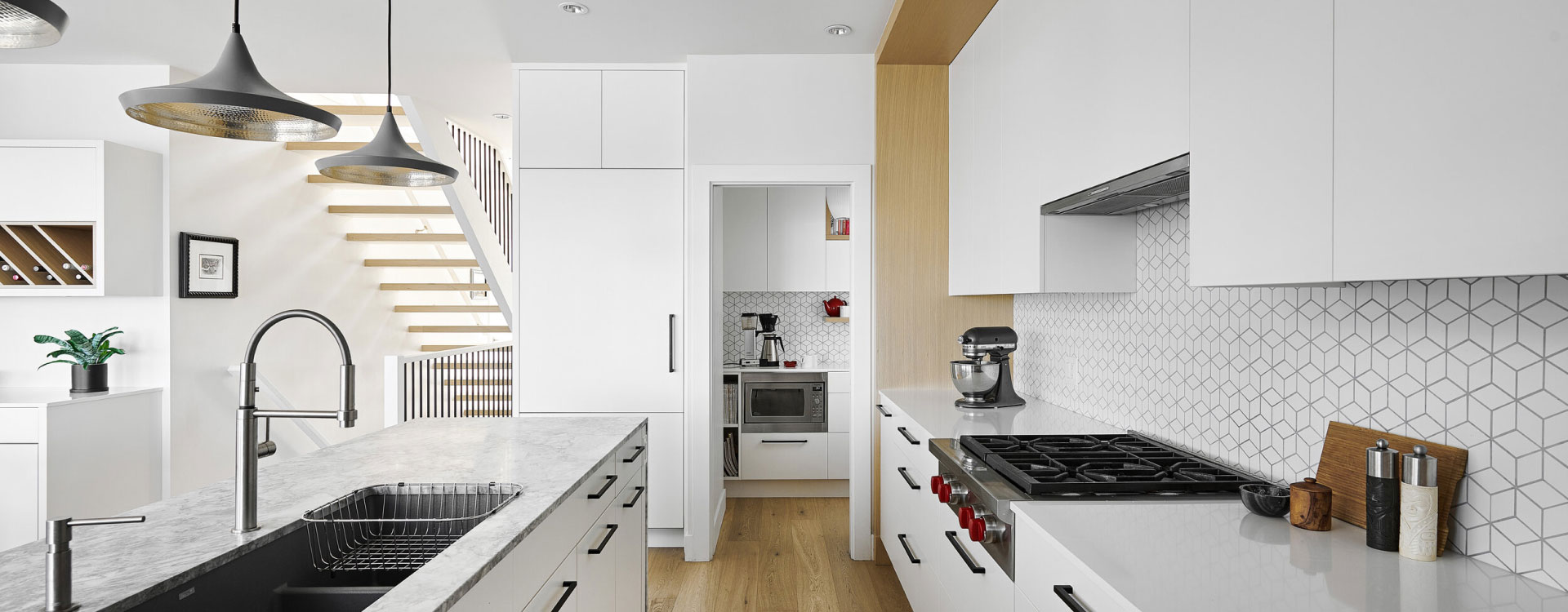
Unlocking the Art of Interior Design: Transforming Spaces with Creativity
admin2023-09-06T16:43:53+00:00Introduction
Interior design is not just about arranging furniture or choosing color schemes; it’s an art that transforms living spaces into captivating and functional environments. It’s the marriage of aesthetics and functionality that brings life to a room. In this blog, we will delve into the world of interior design, exploring the creative processes and principles that make a house feel like a home.
Chapter 1: The Essence of Interior Design
Interior design is more than just making a space look pretty; it’s about creating an atmosphere that reflects the personality and preferences of the people who live there. It involves understanding the unique requirements of each client and translating them into a cohesive design concept.
Chapter 2: Elements of Interior Design
The key elements of interior design include space, line, form, texture, and color. Designers use these elements to create harmony and balance in a room. Space planning is crucial, ensuring that furniture and decor are arranged to maximize both functionality and aesthetics.
Chapter 3: The Power of Color and Light
Color and lighting are powerful tools in interior design. The choice of colors can evoke different emotions and set the mood of a room. Proper lighting enhances the overall ambiance, highlighting architectural features and creating focal points.
Chapter 4: Furniture and Accessories
Selecting the right furniture and accessories is essential to complete the design of a room. Furniture should not only be aesthetically pleasing but also comfortable and practical. Accessories, such as artwork, rugs, and decorative items, add character to the space.
Chapter 5: Styles and Themes
Interior design encompasses a wide range of styles and themes, from minimalist and modern to rustic and vintage. Understanding different styles and how they can be integrated into a design is crucial for creating a cohesive look.
Chapter 6: Sustainability and Eco-Friendly Design
In today’s world, sustainable design practices are gaining prominence. Interior designers are increasingly incorporating eco-friendly materials and practices into their projects, promoting a healthier and more environmentally conscious approach to design.
Chapter 7: The Role of Technology
Technology plays a significant role in modern interior design. 3D modeling, virtual reality, and smart home systems allow designers to visualize and implement their ideas more effectively, enhancing both the design process and the end result.
Chapter 8: Working with a Professional Interior Designer
While DIY design can be fun, hiring a professional interior designer brings expertise and experience to the table. They can help you navigate design challenges, source the best materials, and execute your vision seamlessly.
Conclusion
Interior design is a fascinating field that blends creativity, functionality, and personalization to transform spaces into inviting and beautiful environments. Whether you’re looking to revamp your home or create a new one, understanding the principles and processes of interior design can help you achieve the perfect balance of aesthetics and functionality in your living spaces. So, go ahead and unlock the art of interior design to turn your house into a home that truly reflects your style and personality.

Leave a Reply